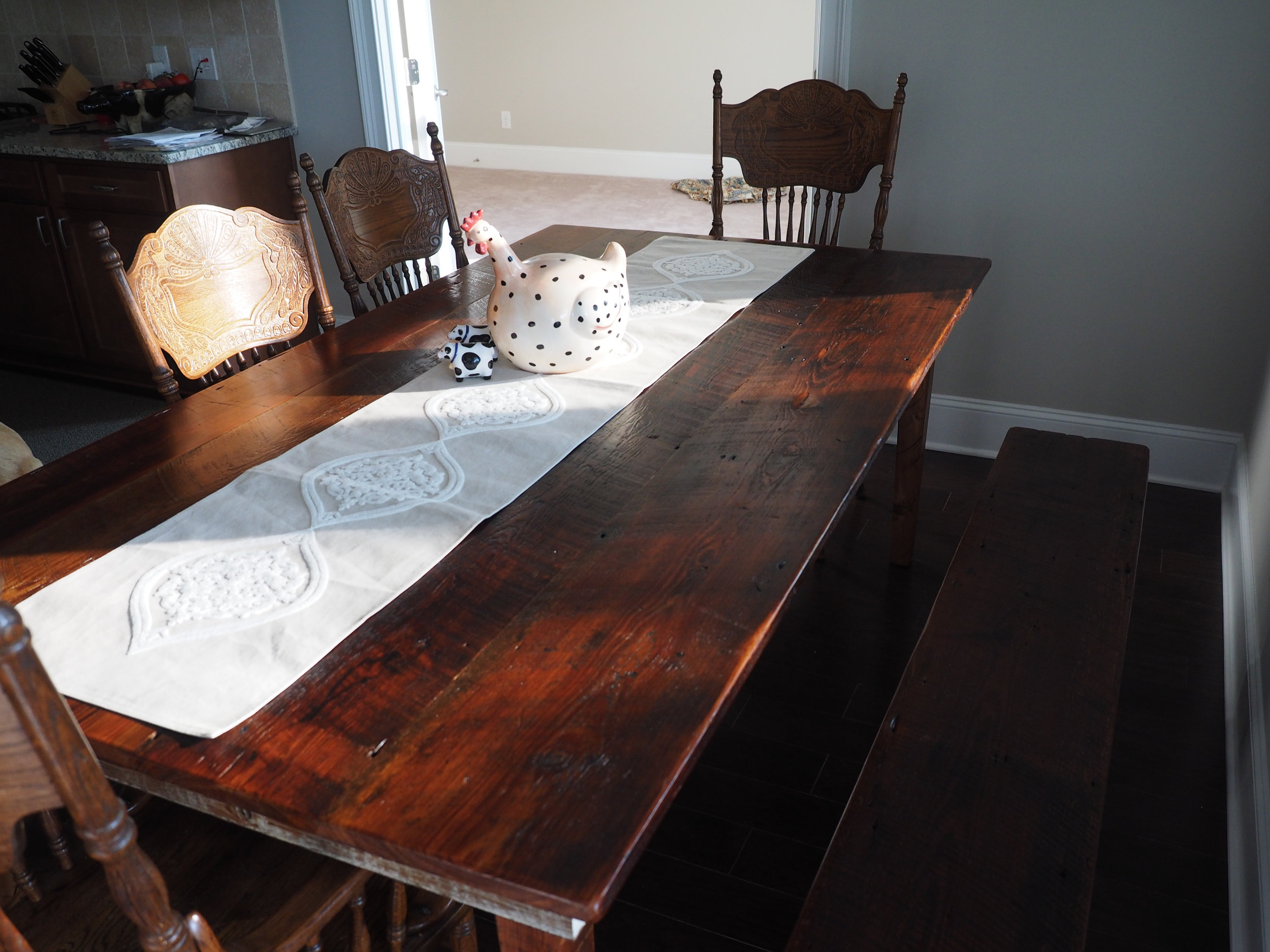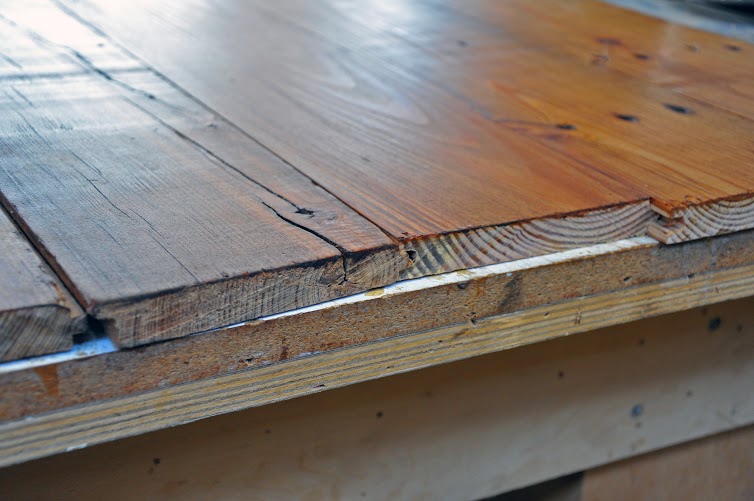Bowtie Barbeque
We're happy that our friends at Bowtie Barbecue are having a great first month! It's wonderful to see another Savannah local business open with such enthusiasm, especially after the recent loss of Johnny Harris BBQ.
The interior itself is a great story of reclamation, and local engagement. We were glad to help them get set up with a whole room full of hand crafted, locally and sustainably sourced restaurant tables, and wanted to give some pictures of the process, for you to see how much care went into the tables you'll soon (if you haven't already) be eating on!
Be sure to follow them on Instagram:
But seriously! This menu is incredible:
So between this menu, the restaurant, and our hand-crafted tables, I can't think of any reason why you shouldn't stop by! If you do, please tag us in a picture with the tables. And tell us what you liked from the menu!





















